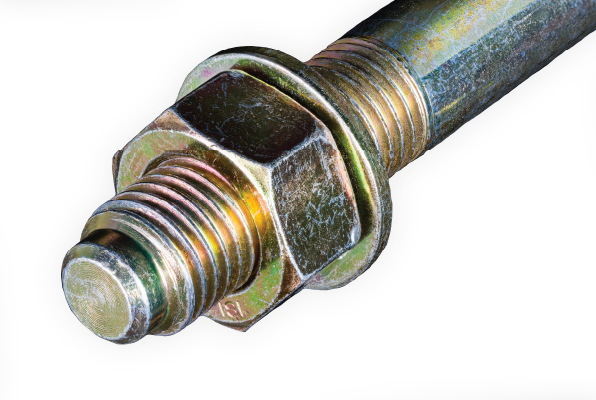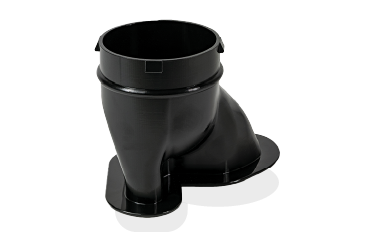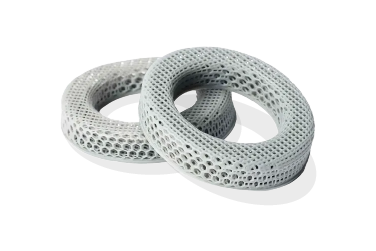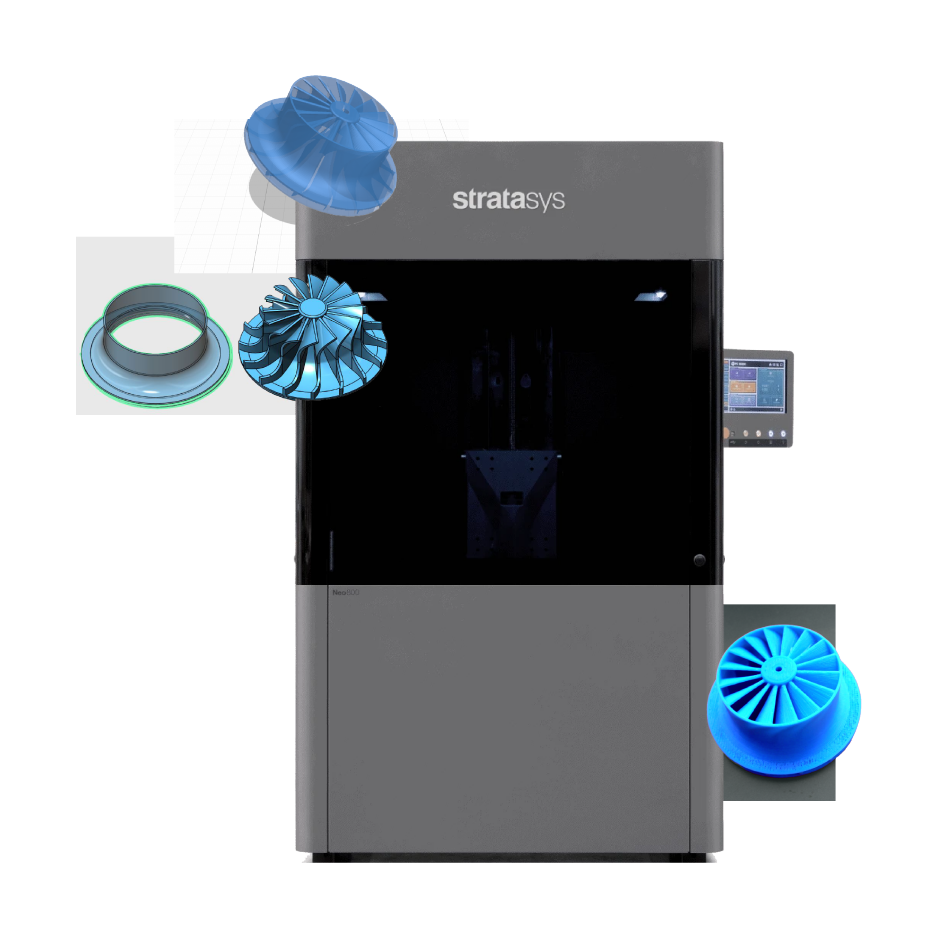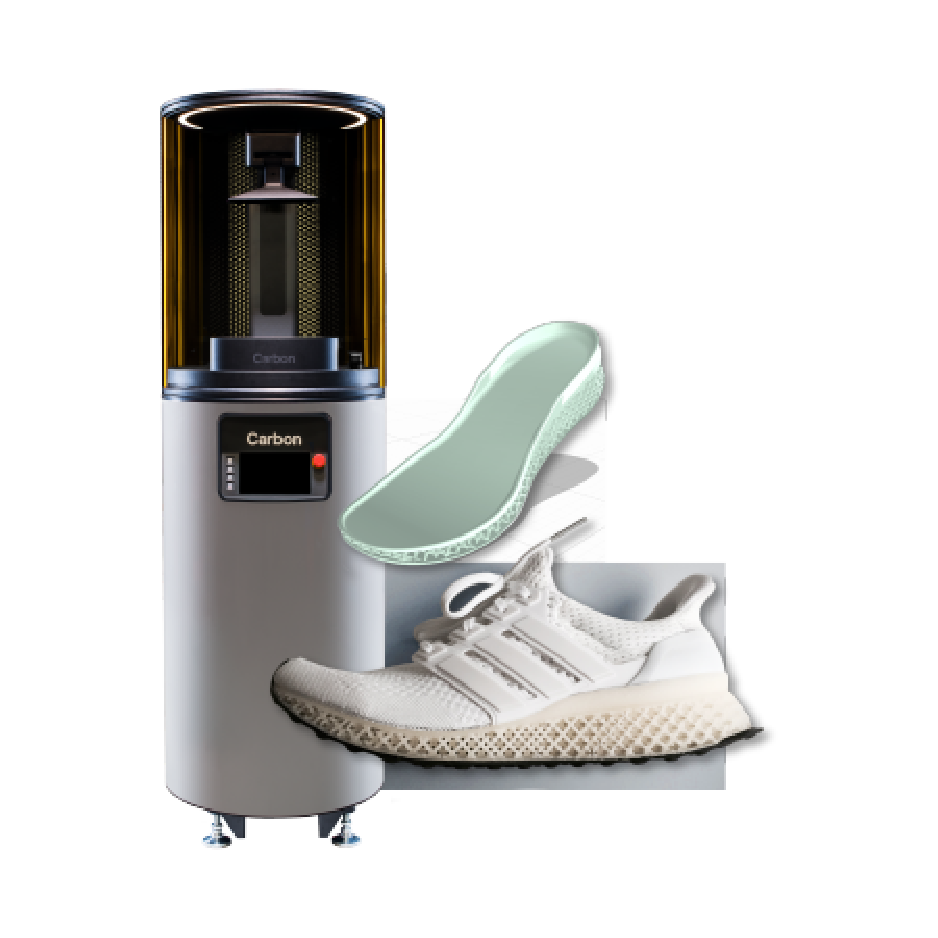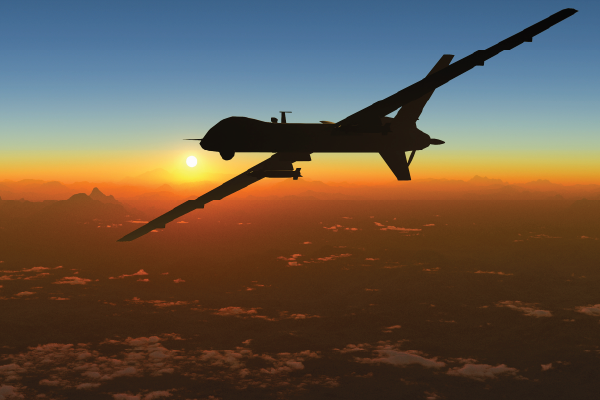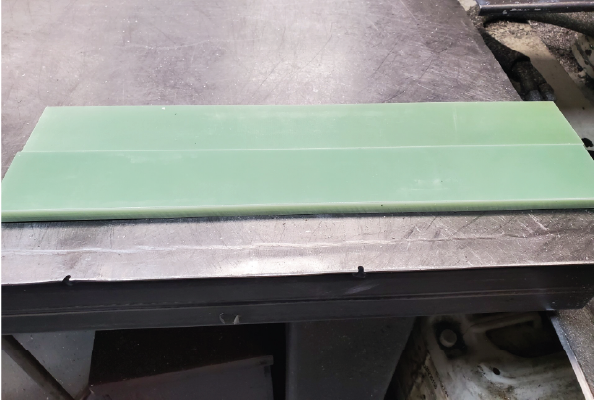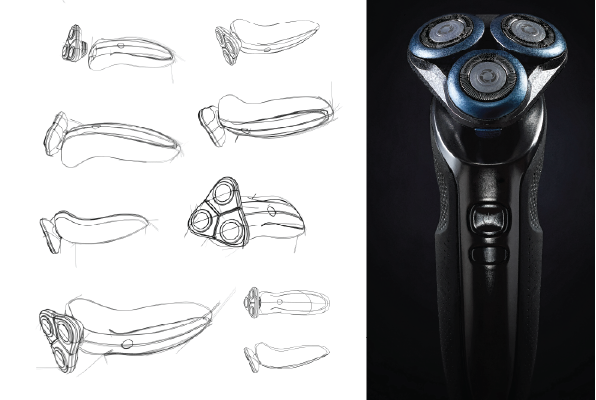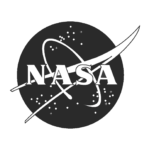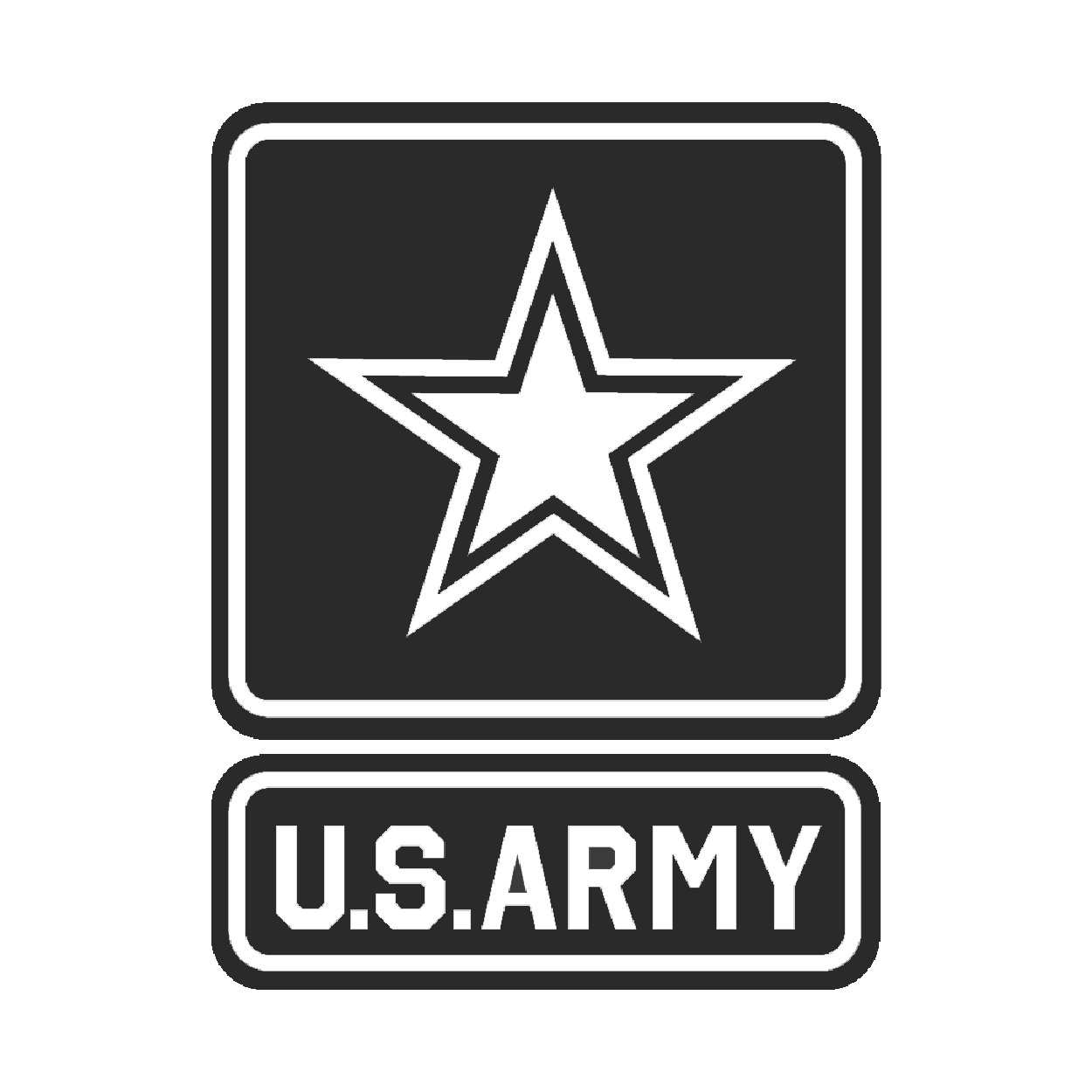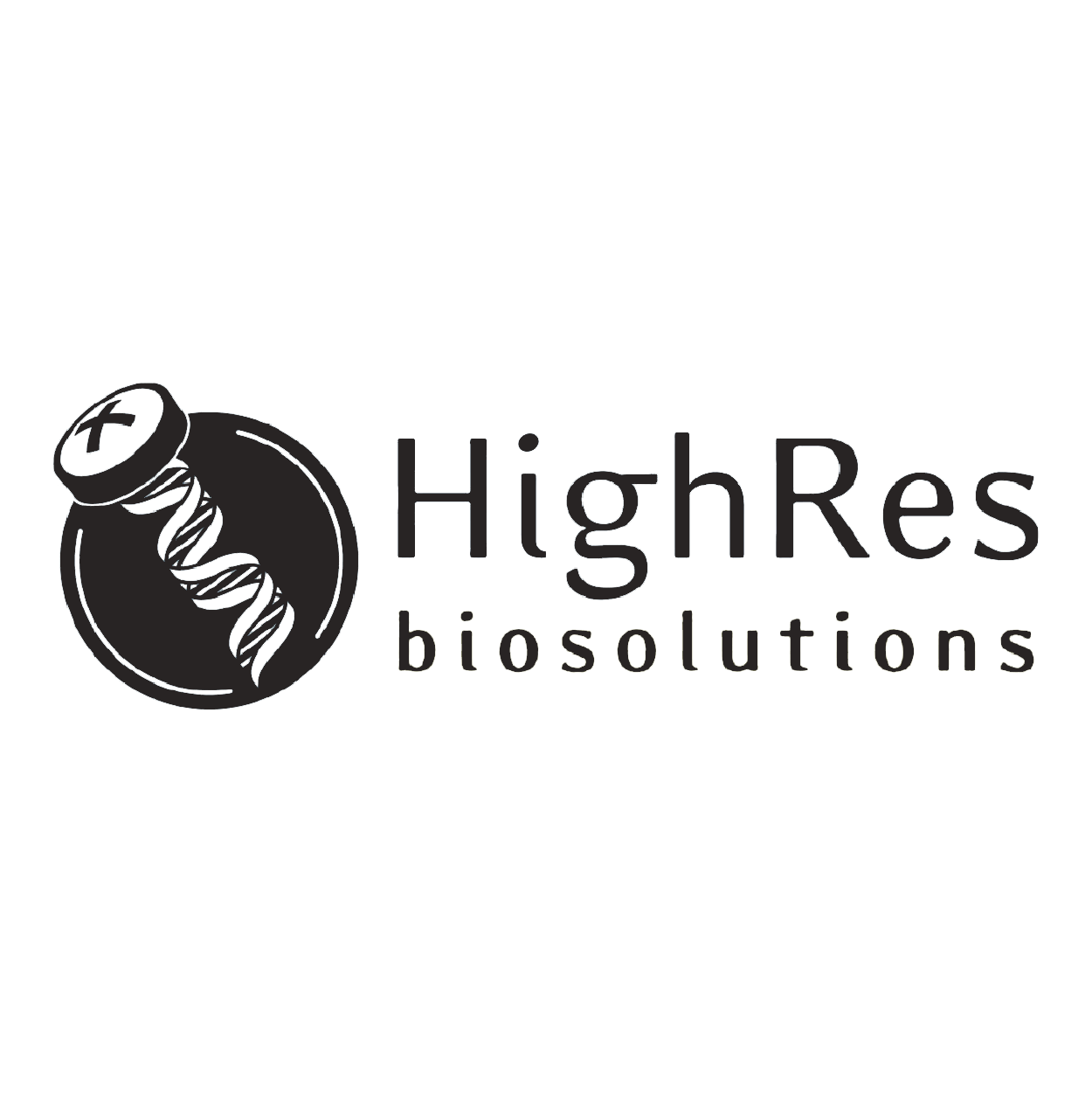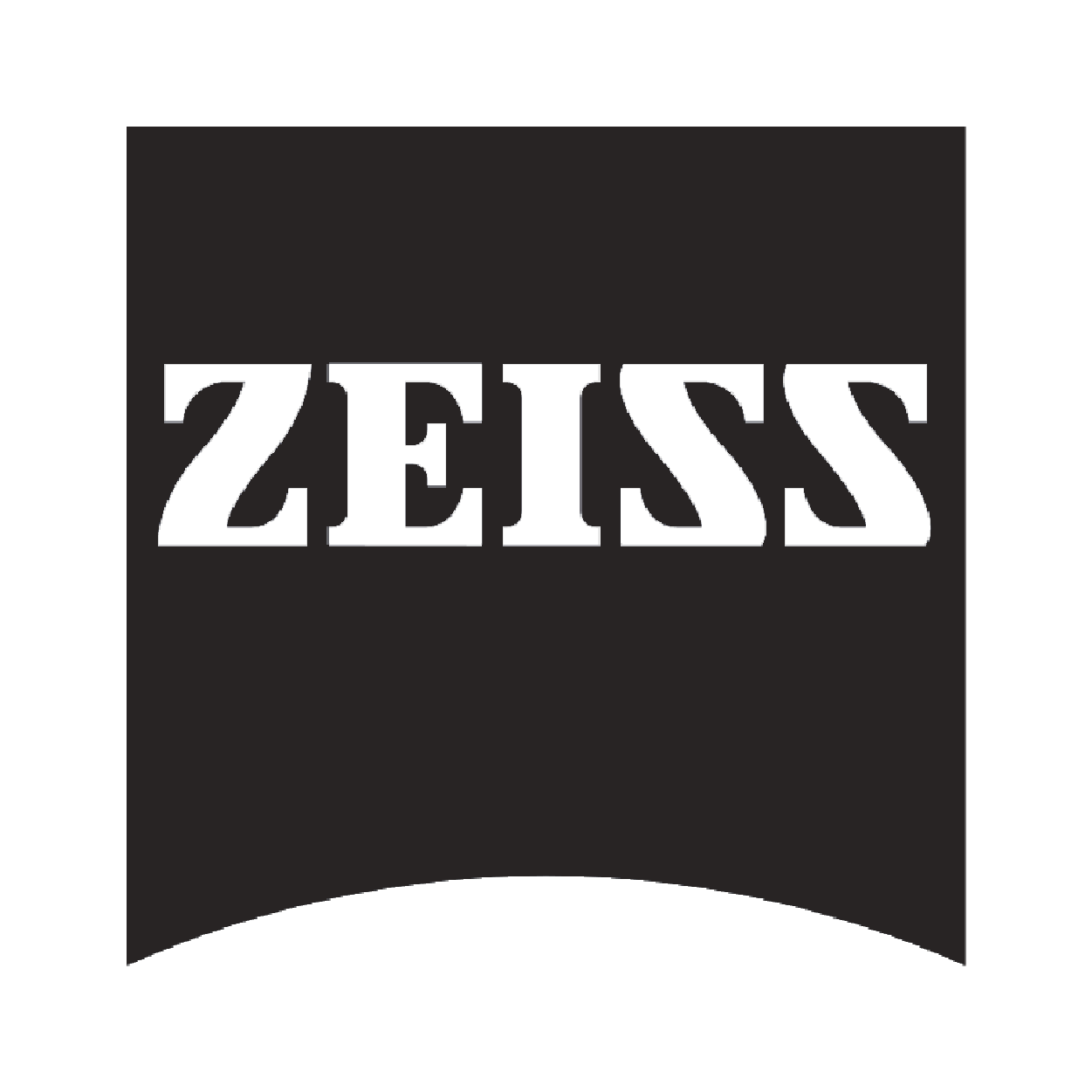The following finishing levels are the same for all photopolymer-based technologies (stereolithography, digital light processing, and hybrid photosynthesis)
Natural – Support faces are sanded, and layer lines are visible.
Standard – Support faces are sanded, and the entire part is bead-blasted for a matte/opaque finish with some layer lines visible (black will appear grey)
Improved Exterior – Exterior (cosmetic) surfaces are sanded, and the entire part is bead-blasted for a smooth matte finish.
Improved All – All accessible surfaces are sanded, and the entire part is bead-blasted for a smooth matte finish.
Clear – Natural finish with clear coat. The layer lines are still visible.
Improved Clear – All accessible surfaces are sanded smooth with a clear coat for optimal clarity on transparent materials.
Primed Exterior – Exterior (cosmetic) surfaces are sanded, bead-blasted, and primed grey.
Primed All – All accessible surfaces are sanded, bead-blasted, and primed grey.
Painted – All accessible surfaces are sanded, bead-blasted, primed, and painted (provide a drawing with your paint specifications)
Custom – Custom finish. Let us know if your project requires special finishing. Please fill out our engineer assisted quote form!
